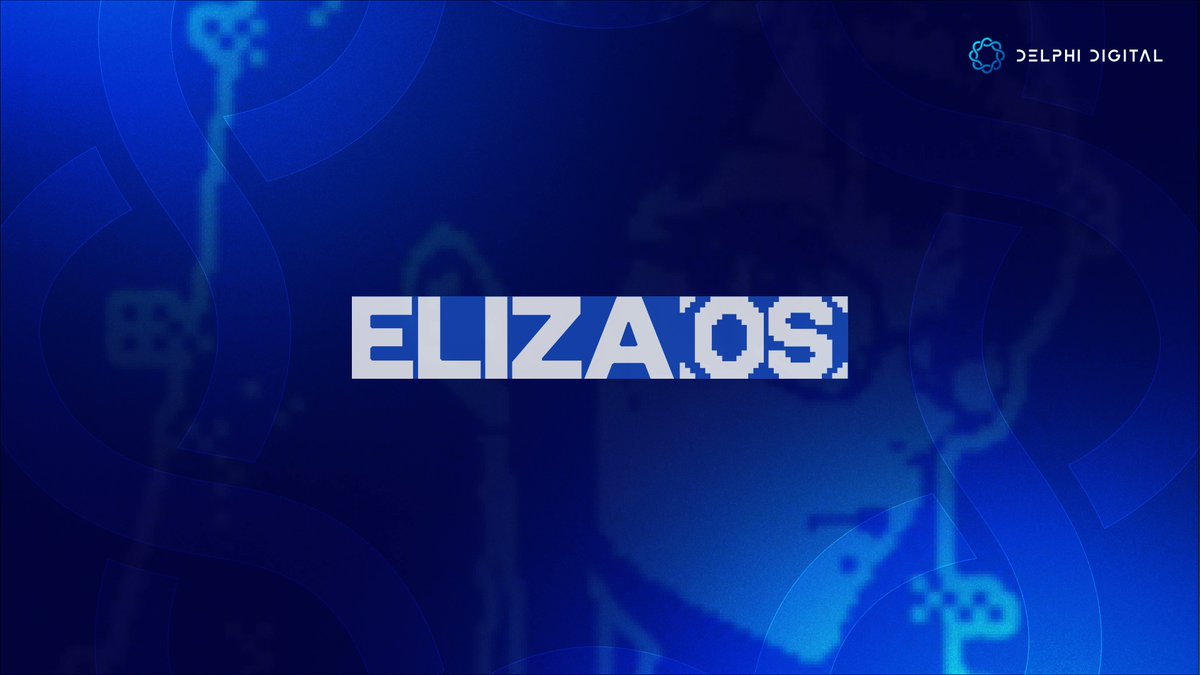DeFi evolved from an experiment to a billion dollar ecosystem. Where does it go from here?
Here are five trends to keep an eye on.
🧵
Here are five trends to keep an eye on.
🧵

1/ Real World Assets
Tokenized treasuries are just the beginning.
The real opportunity lies in tokenizing the entire spectrum—equities, corporate bonds, commodities, art, and real estate.
Bringing these assets onchain expands DeFi’s utility which presents many untapped opportunities.
Tokenized treasuries are just the beginning.
The real opportunity lies in tokenizing the entire spectrum—equities, corporate bonds, commodities, art, and real estate.
Bringing these assets onchain expands DeFi’s utility which presents many untapped opportunities.

2/ Projects leading RWA tokenization:
• @Paxos: Stablecoin infrastructure for enterprises
• @superstatefunds: Tokenized investment products
• @centrifuge: RWA tokenization & fund management
• @Paxos: Stablecoin infrastructure for enterprises
• @superstatefunds: Tokenized investment products
• @centrifuge: RWA tokenization & fund management
3/ Undercollateralized Lending
Integrating personal Web2 data into Web3 unlocks markets like undercollateralized lending, enabling greater capital efficiency than overcollateralized models and potentially superior yields.
Integrating personal Web2 data into Web3 unlocks markets like undercollateralized lending, enabling greater capital efficiency than overcollateralized models and potentially superior yields.
4/ Pioneers of undercollateralized lending:
• @3janexyz: Uses zkTLS to verify credit history
• @maplefinance: Lend to institutions for more yield
• @WildcatFi: Allows for borrowers to create customized markets
• @3janexyz: Uses zkTLS to verify credit history
• @maplefinance: Lend to institutions for more yield
• @WildcatFi: Allows for borrowers to create customized markets
5/ BTC DeFi
Bitcoin is mostly untapped when it comes to DeFi. New L2 solutions might kick off a wave of adoption similar to Ethereum’s, attracting BTC holders who want yield and more practical use cases.
Bitcoin is mostly untapped when it comes to DeFi. New L2 solutions might kick off a wave of adoption similar to Ethereum’s, attracting BTC holders who want yield and more practical use cases.

6/ Emerging BTC DeFi ecosystems:
• @citrea_xyz: Rollup that uses BTC for both DA & settlement
• @AlpenLabs: Universal rails for money
• @Coredao_Org: BTC staking & DeFi
• @citrea_xyz: Rollup that uses BTC for both DA & settlement
• @AlpenLabs: Universal rails for money
• @Coredao_Org: BTC staking & DeFi
7/ Frontends
Chain abstraction greatly improves ease of use, enabling seamless multichain interactions.
Competition will focus on intuitive interfaces and effective product strategies to enhance the onboarding experience.
Chain abstraction greatly improves ease of use, enabling seamless multichain interactions.
Competition will focus on intuitive interfaces and effective product strategies to enhance the onboarding experience.
8/ Teams leading frontends:
• @infinex_app: Crypto everything app
• @JupiterExchange: Omni-chain network with Jupnet
• @BananaGunBot: Recently launched Banana pro
• @defidotapp: Simplifies DeFi in one easy to use design
• @infinex_app: Crypto everything app
• @JupiterExchange: Omni-chain network with Jupnet
• @BananaGunBot: Recently launched Banana pro
• @defidotapp: Simplifies DeFi in one easy to use design
9/ Stablecoins & Payment Infrastructure
Stablecoin adoption is steadily increasing because of clear market demand. Future opportunities involve enhancing accessibility, user-friendliness, and regulatory compatibility.
By streamlining fiat on/off-ramps and creating low-fee payment rails, stablecoins could become mainstream financial tools, bridging billions to crypto.
Stablecoin adoption is steadily increasing because of clear market demand. Future opportunities involve enhancing accessibility, user-friendliness, and regulatory compatibility.
By streamlining fiat on/off-ramps and creating low-fee payment rails, stablecoins could become mainstream financial tools, bridging billions to crypto.

10/ Stablecoin projects to watch:
• @ethena_labs: Enabling institutional offerings with Convergence
• @m0foundation: Platform for building stablecoins
• @withAUSD: Stablecoin issuer backed by cash and T-Bills.
• @fusewallet: Stablecoin app for managing yield
• @ethena_labs: Enabling institutional offerings with Convergence
• @m0foundation: Platform for building stablecoins
• @withAUSD: Stablecoin issuer backed by cash and T-Bills.
• @fusewallet: Stablecoin app for managing yield
• • •
Missing some Tweet in this thread? You can try to
force a refresh
















